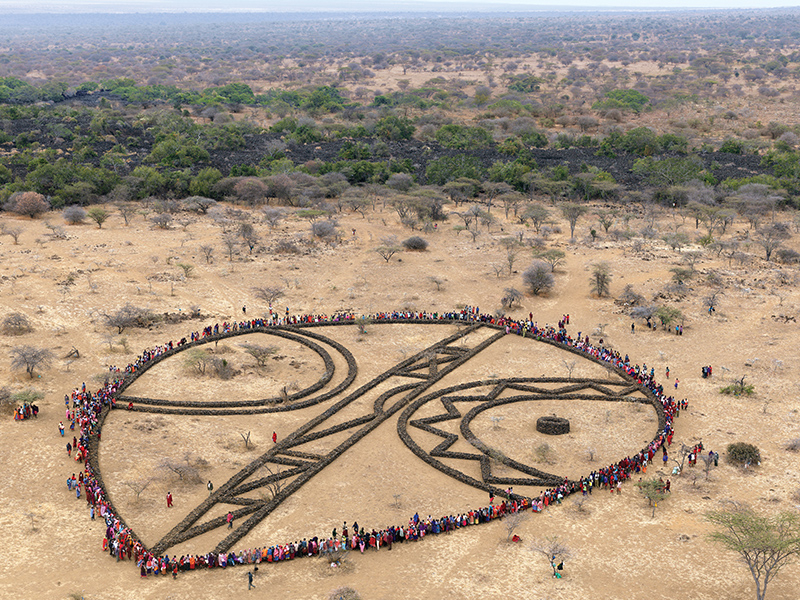Rhythms of Life Geoglyphs

Andrew Rogers has been creating the world's most spectacular contemporary land art project, Rhythms of Life, since 1999, successfully illustrating how art and nature can complement each other. This is a massive land art project with 51 sculptures spread across 16 nations and seven continents. Nearly the course of 16 years, it has involved over 7,500 people. The seventh continent, Antarctica, serves as the final link.
For Rogers, the inspiration for these works of art - a chain of stone sculptures, or geoglyphs, that have taken shape across mountains, valleys, and plains around the world - came from a desire to designate separation from the everyday and give quiet settings. The Rhythms of Life land art constructions serve several functions, including establishing consecrated space, providing incentive to reveal linkages between structures and nature, and allowing for contemplative storytelling around the search for history.
It is with this in mind that each construction will fade over time, leaving traces of both cultural monuments and those who envisioned them. As a result, Rogers tries to make each artwork using only locally accessible materials, ensuring that indigenous vegetation is not damaged. Each invention is designed with the help of local communities, which include elders, local workers, and professionals.
"Art done by many people for many people," according to Rogers' land art project. His geoglyphs were inspired by the Nazca lines in Peru, one of the earliest types of land art. Rhythms of Life is a contemporary land art project of extraordinary scale and scope in modern history.
Location: 16 countries on seven continents
Date: 1998










